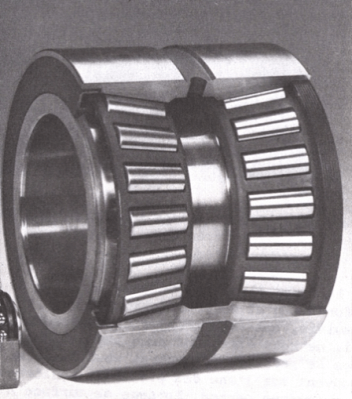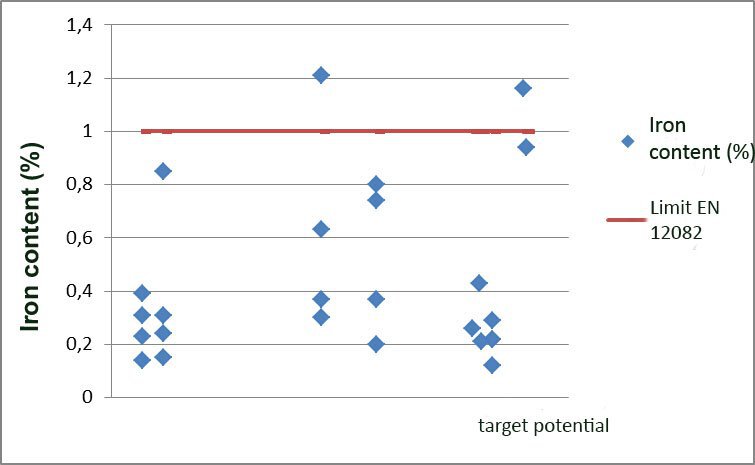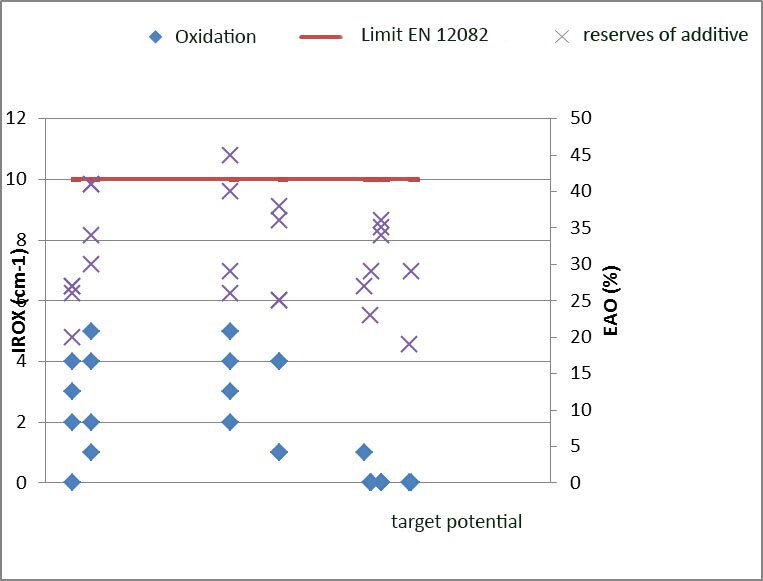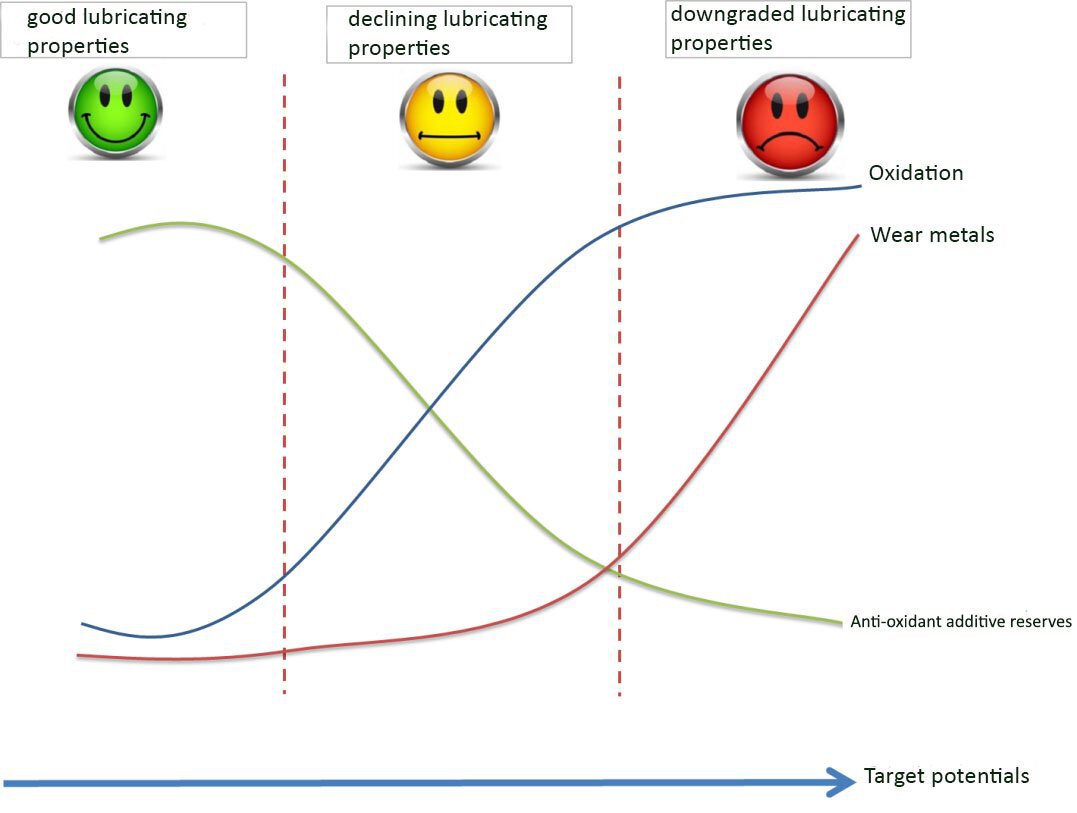Lubricant diagnostics
Our case study concerns railway axle box greases. To establish their remaining lubricating potential, tests have to be performed on greases at the end of their present useful life…
Lubricant diagnostics: a bonus for maintainers
Many mechanical parts have to be lubricated with oil or grease to protect them against the heat, wear and tear generated by in-service loads.
As a general rule, maintenance operations on mechanical components are conducted applying traditional principles largely derived from practical feedback.
Nowadays it is possible to study the ageing phenomenon for the various lubricant components through suitably targeted research.
In 2016, the Railway Test Agency (AEF) carried out a study into high-speed rail vehicle axle box greases to establish their remaining lubrication potential.
 High-speed vehicle axle cartridge bearing
High-speed vehicle axle cartridge bearing
GREASES AND OILS
Greases consist of:
*a base oil that serves to lubricate the particular component;
*a thickener to maintain the oil’s physical and chemical properties, so that the lubricant is always there where it is needed.
*additives, which have the role of improving the oil’s properties (in relation to corrosion, oxidation, etc.).
Oils consists of a lubricating base plus additives.
It is possible to establish the characteristics of these various components by means of laboratory tests and to determine remaining lubricating potential.
GREASE DIAGNOSTICS
Our case study concerns railway axle box greases. To establish their remaining lubricating potential, tests have to be performed as follows on greases at the end of their present useful life:
*to ascertain the chemical degradation of the thickener;
*to detect any oxidation in the lubricant caused by the effects of temperature and oxygen;
*to check grease consistency. This will highlight any physical degradation in the thickener;
*to measure the amount of anti-oxidising additives remaining in the lubricant to keep the oxidation phenomenon at bay;
*to establish wear metal content (iron and copper). This test is designed to flag up wear in a given part caused by inadequate lubrication;
*to ascertain the presence of any pollutants (water, silica, etc.).
TEST RESOURCES
AEF has a whole series of test resources at its disposal to characterise the various components making up a grease, for example:
*by establishing the dropping point according to the NF T 60-627 standard;
*through infrared spectroscopic analysis of a lubricant;
*by using rheology to establish consistency;
*by ascertaining wear metal content (iron and copper) using inductively coupled plasma (ICP) spectrometry;
*by establishing the presence of pollutants (water, silica, etc.) in the particular parts by X-ray fluorescence or infrared spectroscopy.
For some of these tests, AEF holds ISO 17025 accreditation.
The tests concerned are the following:
*dropping point;
*wear metal content (iron and copper).
The results obtained are compared with those for new greases.
ESTIMATING REMAINING AXLE BOX POTENTIAL
Remaining grease potential may be estimated by applying the following steps:
The first stage consists of interpreting the results of the tests described above by comparing the analyses made of samples with differing degrees of potential with those conducted on the new product.
At the same time, results obtained with the used product are compared with the various failure analyses carried out over several decades (feedback from hot box detectors, incidents on the line, etc.).
The different results are also compared with feedback from performance tests according to the NF EN 12082 standard.
In the particular case examined, we found that iron content and oxidation remained relatively low despite the long distances recorded:


By combining all these results, it is possible to identify areas with good, declining or downgraded lubrication properties:

This diagram provides input to help the client to ensure that his lubricants offer the requisite potential, thereby enabling him to drive down his maintenance costs and, at the same time, ensure maximum component safety.

Sandrine Muller




